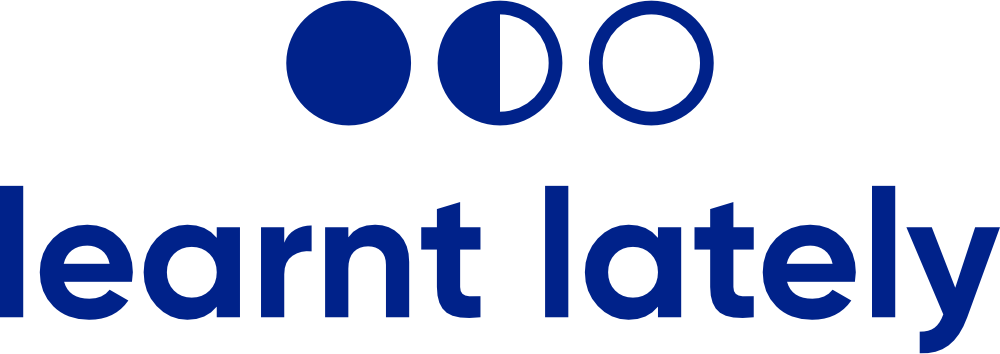Custom elearning development in 7 simple steps
The steps involved in custom elearning development can vary depending on the project's scope and complexity, however even the most complex of projects can benefit from a ‘keep it simple’ approach.
Here’s our process for custom elearning development in seven simple steps.
Step 1 - Requirements gathering
This is the first step in the development process. It involves identifying the learning needs and objectives, understanding the target audience, and identifying any specific requirements. We speak with the project owner, project sponsor and subject matter experts and learners to ensure we’ve got the full picture.
Step 2 - Design and planning
Once the learning needs and objectives are identified, the next step is to design a learning solution that aligns with the identified goals. During this phase, instructional designers, subject matter experts, and multimedia experts collaborate to design a learning solution that meets the learning objectives.
Step 3 - Content creation
After designing the learning solution, the next step is to create the learning content. This may involve creating storyboards, multimedia, and interactive elements such as quizzes and simulations.
Step 4 - Development
During this phase, the custom elearning development is built using authoring tools such as Articulate or Evolve Authoring. The multimedia assets are integrated into the elearning solution to create a cohesive experience.
Step 5 - Quality Assurance and testing
Once the elearning is developed, it goes through rigorous testing to ensure that it meets the quality standards and is free of errors. The testing phase involves checking the content, interactivity, functionality, and usability of the elearning solution.
Step 6 - Deployment
Once we have completed the build and the client has signed off on all the elements of the solution, the elearning is deployed on the desired platform. It could be a Learning Management System (LMS), a company's intranet, or a web portal.
Step 7 - Evaluation
The final step involves evaluating the effectiveness of the elearning solution and making any necessary adjustments. The learning solution may need to be updated and maintained regularly to ensure that it remains relevant and effective.
These are the general steps involved in custom elearning development. The process may vary depending on the project's complexity, scope, and your specific needs.
Do you have an elearning project you want help with?
Learnt Lately specialises in developing custom elearning courses. Our mission is to build better elearning that drives better business so you can develop skills and knowledge where you need it most.
Request a free demonstration today or get in touch via 1300 086 692.




